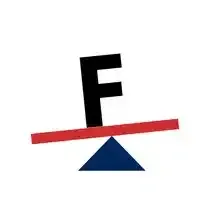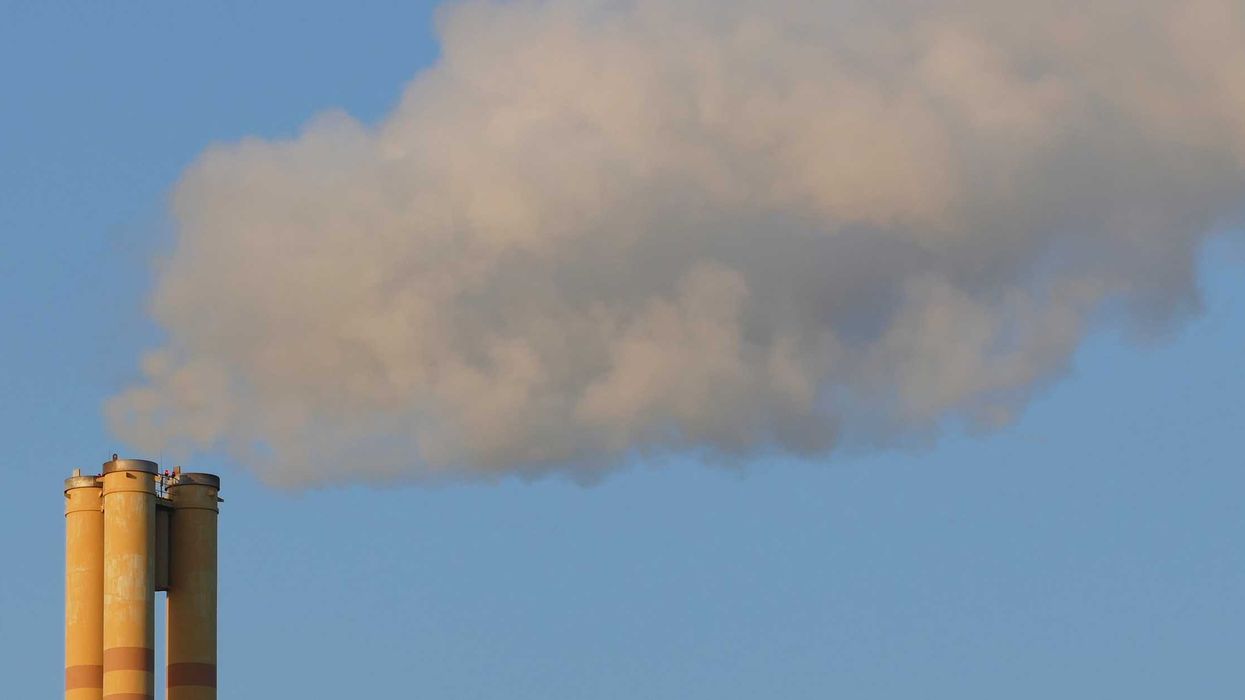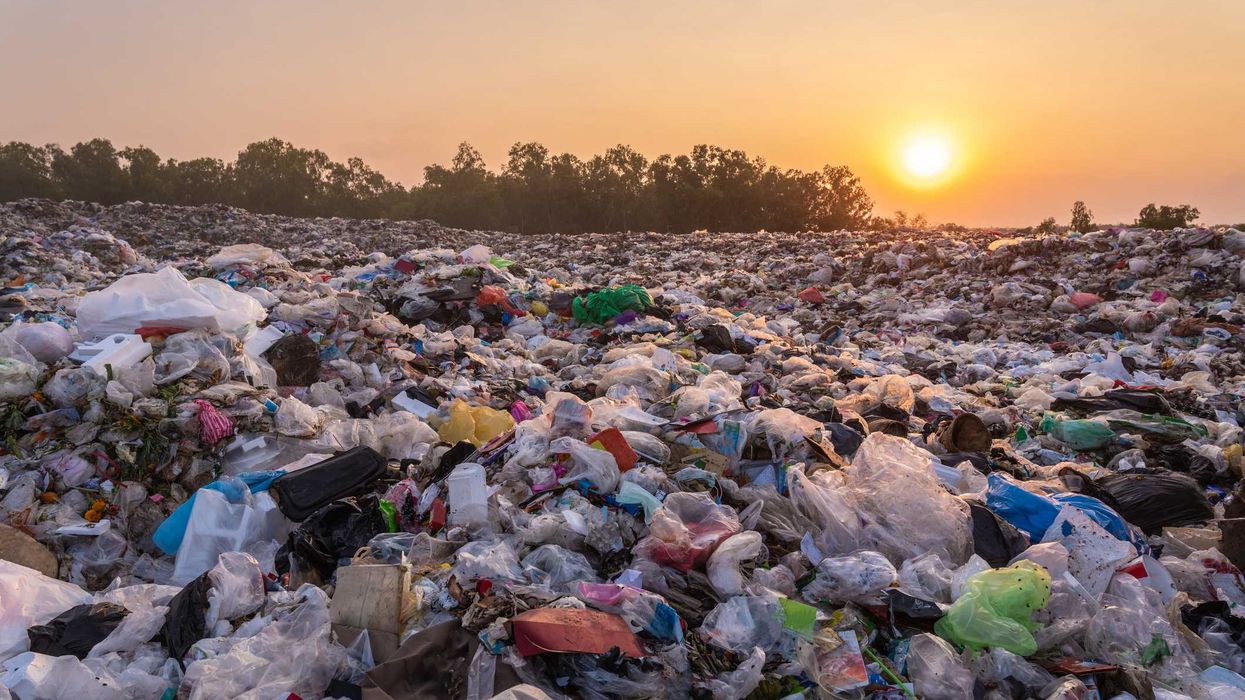As the American West continues to experience a decades-long megadrought, an increasing focus has been placed on reducing water consumption, with the agricultural industry being the largest consumer.
Context
In the southwestern United States, recent depletions in water resources from groundwater aquifers to rivers have sparked debates over how to reduce water usage. The debate has intensified, particularly within states that depend on the Colorado River, which is currently experiencing an 18 percent drop in water flow compared to last century. These states, which constitute the Colorado River Basin, are divided into an Upper Basin, including Colorado, Wyoming, Utah, and New Mexico, along with a Lower Basin, including Arizona, California, and Nevada.
Aside from the Colorado River, recent data on groundwater indicates significant depletion of water resources across the Southwest. In 2023, a revised report on groundwater estimates in Arizona led to a pause on some housing construction on the outskirts of the Phoenix suburbs until assurances of 100-year water supplies could be met.
The increasing need for water use reductions has led to the implementation of water restrictions on state and local levels. In 2023, the Lower Basin states agreed to a proposal to cut their use of Colorado River water by approximately 13 percent of their allocated amount. In Phoenix, which receives around 40 percent of its water from the Colorado River through canals, the city government has instituted a new ordinance requiring businesses to submit water conservation plans to the city.
Amidst this debate, the agricultural industry in the Southwest has come under heavy focus as an area for greater cuts. This is primarily due to the high percentage of water being used for agriculture. In the western United States, 86 percent of all water consumption comes from agriculture. In 2023, discussions within the Arizona governor’s Water Policy Council fell through after supporters of state agriculture resigned in protest. In other parts of the state, proposals to establish regulatory oversight areas for groundwater pumping have led to opposition from crop growers.
Arguments Against Agricultural Water Restrictions
A major argument made against imposing water restrictions on southwestern agriculture is its indispensable role in supporting crop growth. During the winter, 90 percent of all United States vegetables are grown in warmer climates in Arizona and California, and in any given year, California alone produces around a third of all vegetables in the country. Farms in Arizona and California account for 98 percent of all leaf lettuce in the US, and California’s farms account for three-fourths of America’s fruits and nuts.
Opponents also highlight the beneficial impacts of certain crops. For instance, farmers’ groups point to some of the soil benefits of alfalfa in crop rotation systems. Through a symbiotic relationship with some bacteria, alfalfa fixes nitrogen from the atmosphere, allowing it to grow without nitrogen fertilizer and increasing the amount of nitrogen in the soil for later crops and microorganisms. In Arizona, the crop can be harvested on average nine times a year with greater efficiency in yields per acre than in other parts of the country. The year-round nature of the crop also allows its water use to be dispersed across the year.
Another major argument made against imposing strict water cuts on agriculture is its economic impact, particularly in rural areas. In Arizona alone, an estimated 128,000 jobs are in agribusiness. In the Fresno, Kings, Madera, Merced, and Tulare counties of California’s Central Valley, around a quarter of gross domestic product and 17 percent of all jobs are in agriculture. For rural counties heavily dependent on agriculture, such as Pinal County in Arizona, a loss of Colorado River water has been estimated to generate economic losses of up to $35 million.
Arguments For Agricultural Water Restrictions
Proponents of water cuts to agriculture in the Southwest critique the industry’s significant water consumption, particularly that of hays and cattle feed crops such as alfalfa. Across the Western United States, 86 percent of all water is used for crop irrigation, with 32 percent of all water use being alfalfa alone. This is significantly larger than the eight percent of water used for commercial purposes and the six percent of water used for residential purposes, such as showering, lawn watering, and drinking. Within the Colorado River Basin, alfalfa crops alone make up around 26 percent of all water consumed. In the Lower Basin, 54 percent of all water consumption is for agriculture, compared to 21 percent for all municipal, industrial, and commercial use combined. In the Upper Basin, around half of all water use is agricultural, of which alfalfa comprises 90 percent. In comparison, all other human consumption comprises 13 percent of Upper Basin water usage, with the rest being lost to evaporation in some form. In Mexico, agriculture constitutes an estimated 80 percent of consumption of Colorado River water.
The Gila River Basin, which includes southern and central Arizona and is a tributary system to the Colorado River, has its agricultural share at an estimated 34 percent of all water consumption, compared to 24 percent for municipal, commercial and industrial uses combined. Proponents of water restrictions argue that this level of consumption is disproportionate, and that other water users have already made significant efforts to cut back. For example, despite continuing to grow in population, the city of Las Vegas saw a 26 percent decline in water usage between 2002 and 2024. This is largely due to water conservation programs such as introducing less water-intensive landscaping and more water-efficient home construction.
Conclusion
As long term drought conditions in the Southwest continue to persist, a greater focus will be placed on implementing policies to reduce water consumption. Due to its high share of consumption, greater restrictions on water use for agricultural purposes will continue to be considered as an effective policy for meeting these goals. Given the extent to which the United States food supply and rural western economies depend on agriculture, any proposals will quickly become contentious. Going forward, policymakers in the Southwest will have to carefully consider how best to conserve water resources while balancing the economic and food supply needs of the Southwest and elsewhere.
Reconsidering Agricultural Water Rights in the American Southwest was first published on The Alliance for Citizen Engagement and republished with permission.
Artemis-June Torre is an Environment Policy Fellow with ACE.




















